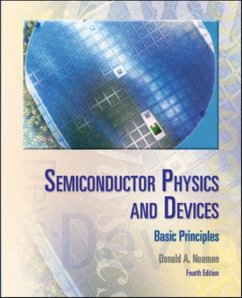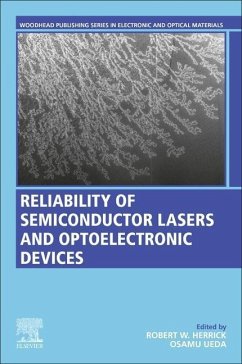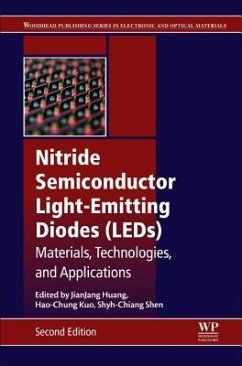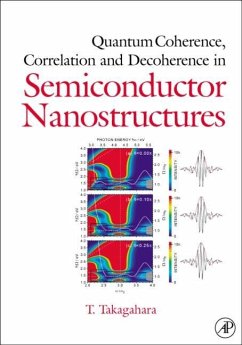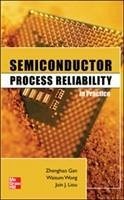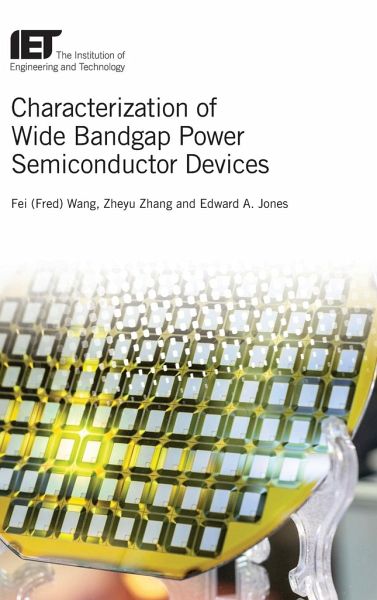
Characterization of Wide Bandgap Power Semiconductor Devices
Versandkostenfrei!
Versandfertig in 2-4 Wochen
169,99 €
inkl. MwSt.

PAYBACK Punkte
85 °P sammeln!
This book is an authoritative overview of Wide Bandgap (WBG) device characterization providing essential tools to assist the reader in performing both static and dynamic characterization of WBG devices, particularly those based on using silicon carbide (SiC) and gallium nitride (GaN) power semiconductors.
Dieser Artikel kann nur an eine deutsche Lieferadresse ausgeliefert werden.





